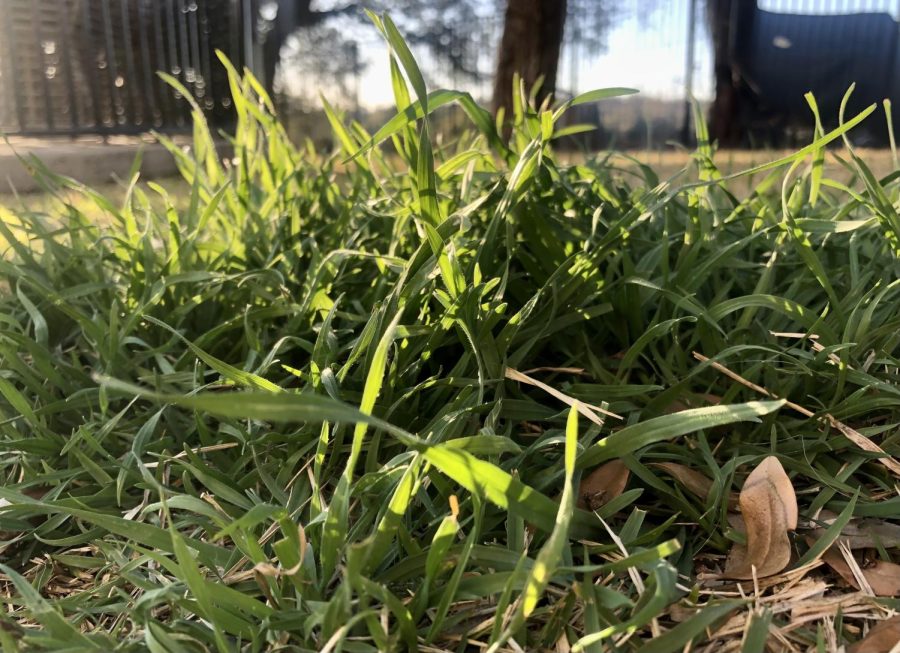Invading Organisms
How some small species are impacting Austin’s ecosystem, and what locals can do to combat the issue
For decades, Austin has been plagued by several destructive invasive species that affect ecosystems and local wildlife. Austin’s ecosystem faces invasive animals, bugs and plants. According to TexasInvasives.org, invasive plant species are estimated to cost the U.S. $137 billion annually.
Watershed’s conservation program coordinator Ingrid Karlins is one person whose job has allowed her to put continuous efforts toward combating this issue.
“I do a lot of educating [with] folks on ways that they can take action in their own communities,” Karklins said. “I also work with several crews to tackle larger-scale invasions and promote healing through native seeding and planting. I really enjoy helping people to learn about ways they can become better land stewards and have long-term impacts on the biodiversity and ecological health of their communities.”
One of the most aggressive species is Zebra Mussels. Originally from the Black and Capsian seas, these small mussels found their way into Austin and have affected the area significantly.
Zebra Mussels can decrease the food sources for local fish drastically, placing hundreds, if not thousands of fish at risk of losing their lives as a whole.
“[Invasive species] reduce native biodiversity”, Karklins said. “[They] interfere with ecosystem functions like erosion control, water quality, nutrient flow and flood mitigation. [They also] reduce the value of public lands and waters for recreation, wildlife and public water supply, [reducing] the recreational value of natural areas, parks and other areas.
Additionally, invasive plants also cause numerous issues. With most of them blending in with local vegetation, their presence is nearly hidden in plain sight.
“Certainly, people notice invasive animals more readily than plants since they’re generally more obvious,” Karklins said. “It would be good for people to become more observant of the world around them and note the biodiversity – or lack thereof – in their surroundings. A good start is adding native plants to increase diversity in the landscapes that you have access to.”
Oftentimes, invasive plant species find their way into the local ecosystem by accident, when gardeners, local residents, and travelers manage to shake out seeds in locations where they can start to grow and spread. Small organisms are spread in similar ways, with Zebra Mussels traveling between boats and spreading across the state, reaching the Brazos, Colorado, Brazos, and Guadalupe rivers.
“Invasive species’ ecosystem introductions are primarily facilitated through human activities,” Karklin said. “The ‘enemies’ in their natural environment don’t exist in the one they’re introduced into and there’s nothing to stop the species from spreading and invading the new ecosystem. The most problematic invasive species can create conditions in which they can develop monocultures and successfully outcompete and crowd out native species.”
Local nurseries and online shops will typically sell a variety of plants. even if they’re not native to the local ecosystem. One can order Chinaberry with the click of a mouse on Amazon, and Home Depot sells the invasive aquatic species, water lettuce. It’s important to understand that something as simple as buying a new plant to take care of has the possibility of causing irreversible biological harm.
“Be aware,” Karklins said. “Know what you’re planting. Clean your boats. Austin has several volunteer opportunities such as It’s My Park Day in which people come together as a community and tackle invasive management on a larger scale. Perhaps something similar can be organized for Leander. Consider forming an ecological restoration group at your school and identify areas in Leander where you can do the most good.”




